Artifacts Discovered In Kerala Reveal Knowledge Of Advanced Metallurgical Technology
MessageToEagle.com – Several artifacts unearthed from a courtyard of a house at Vellakunnu, near Panoor, in Kannur district, north Kerala reveal knowledge of advanced metallurgical technology.
A burial urn along with three bowls and a metal artifact are expected to provide new insights into the megalithic times in the region.
The 90-cm-high urn has a ceramic lid with a diameter of 77 cm in the middle. “One remarkable peculiarity of this burial jar is the presence of a globular copper oblique bronze piece inside it,” says N.K. Ramesh, an anthropologist-cum-archaeologist, who is working as senior assistant at the Museum Project, Department of Cultural Heritage Studies, Thunchathu Ezhuthachan Malayalam University, Tirur.

See also:
Incredible Padmanabhaswamy Temple And Its Ancient Treasures Hidden In Vaults Guarded By Serpents‘
Incredible Ancient Metallurgical Wonders That Defy Explanation And Pose A Real Mystery Even Today
“Thogcha” – Thousand-Year-Old Tibetan Amulets And The Bon Culture
N.K. Ramesh points out it the first time a globular copper oblique bronze has been discovered in the megalithic context in the State. “Similar type of evidence has been discovered at Aathichanallur, an archaeological site in Tirunelveli district of Tamil Nadu. Probably, the relic might have been a sacred one, used for the worship by megalithic people,” he says.
The metal artefact has seven antenna-like projections on the top and morphology of the object testifies that it is a product of an advanced metallurgical technology. “Likewise, six terracotta hooks were found inside the neck of the urn, used either for hanging or suspending articles.
Bone features and river sand were also detected inside the urn. An excavation has been planned at the site,” he adds. A group of children playing in the courtyard of the house of Mangalassery Govindan spotted a hole and subsequently the jar was exposed.
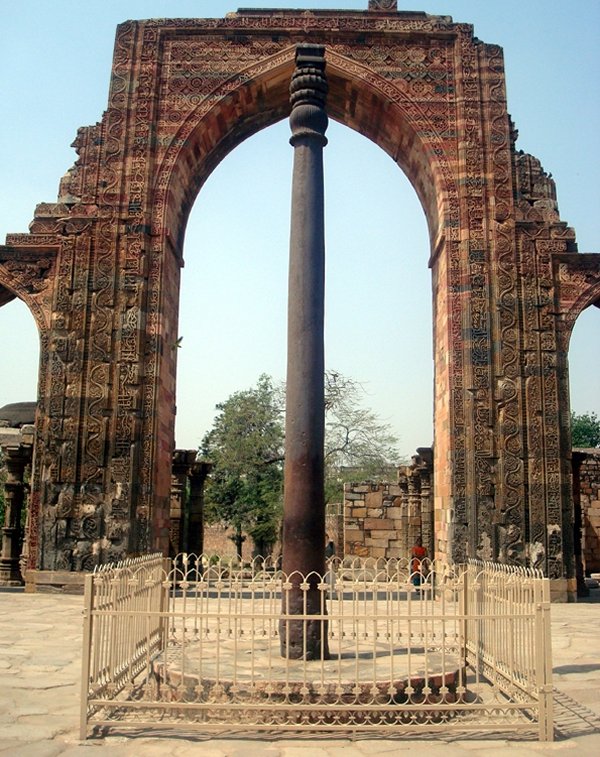
Metallurgy reached an advanced level in ancient India. Smelting of metals and derivation of alloys was done since 3000 BCE in ancient India. In the exchanges of goods between India, Egypt and Rome, metal trade from India was significant. Indian tools made from iron and steel were in great demand for war as well as agriculture.
Records show that the first supplies of the weapons that figure in the earliest recorded history of the people of Mediterranean came from India. The most outstanding examples of the capability and workmanship of Indian artisans include the famous Iron pillar at Delhi.
MessageToEagle.com
Related Posts
-
 Rare Leonardo Da Vinci Self-Portrait With “Magical Powers” Hidden From Hitler Is Now On Display
No Comments | Nov 11, 2014
Rare Leonardo Da Vinci Self-Portrait With “Magical Powers” Hidden From Hitler Is Now On Display
No Comments | Nov 11, 2014 -
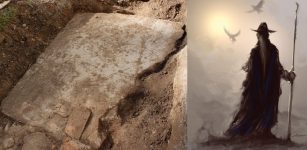 Missing 1,000-Year-Old Viking Rune Stone Made By Runemaster Fot Discovered In Sweden
No Comments | Oct 7, 2016
Missing 1,000-Year-Old Viking Rune Stone Made By Runemaster Fot Discovered In Sweden
No Comments | Oct 7, 2016 -
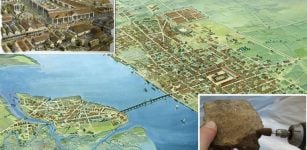 London Is Twice As Old As Previously Thought – New Discovery Reveals
No Comments | Apr 9, 2020
London Is Twice As Old As Previously Thought – New Discovery Reveals
No Comments | Apr 9, 2020 -
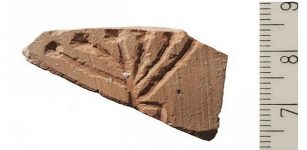 1,000-Year-Old Potsherd From The Temple Mount May Have Just Ended Centuries Of Debate
No Comments | Dec 10, 2015
1,000-Year-Old Potsherd From The Temple Mount May Have Just Ended Centuries Of Debate
No Comments | Dec 10, 2015 -
 1.5 Million-Year-Old Human Vertebra Discovered In Israel’s Jordan Valley Sheds New Light On Migration From Africa To Eurasia
No Comments | Feb 3, 2022
1.5 Million-Year-Old Human Vertebra Discovered In Israel’s Jordan Valley Sheds New Light On Migration From Africa To Eurasia
No Comments | Feb 3, 2022 -
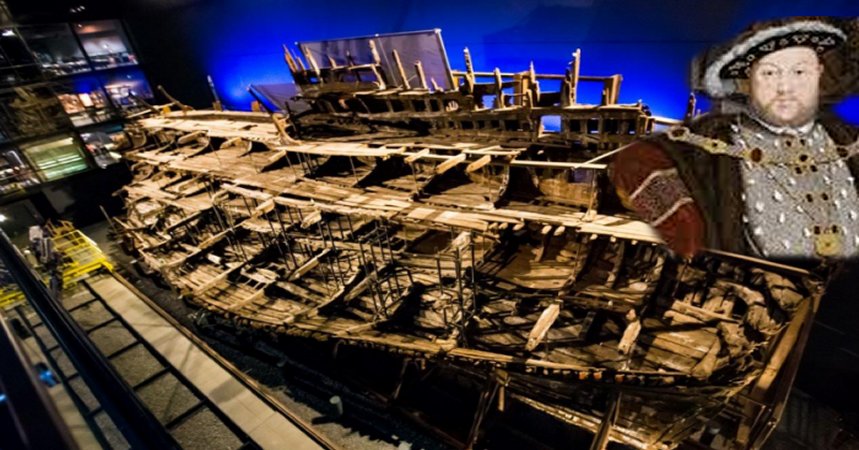 Artifacts From King Henry VIII’s Warship The Mary Rose – Analyzed
No Comments | Apr 28, 2020
Artifacts From King Henry VIII’s Warship The Mary Rose – Analyzed
No Comments | Apr 28, 2020 -
 Mysterious 6,000-Year-Old Fort In Jordan: Why Did An Advanced Civilization Settle In Remote Desert?
No Comments | Oct 6, 2016
Mysterious 6,000-Year-Old Fort In Jordan: Why Did An Advanced Civilization Settle In Remote Desert?
No Comments | Oct 6, 2016 -
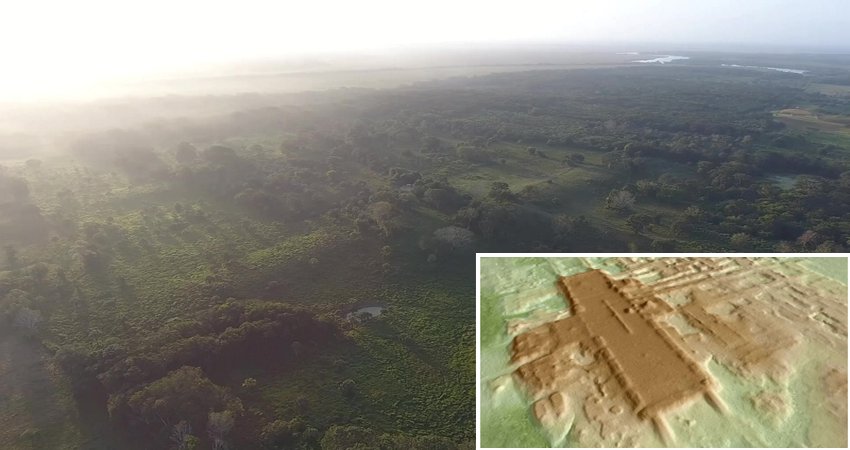 World’s Oldest And Largest Maya Structure Revealed By LIDAR
No Comments | Jun 9, 2020
World’s Oldest And Largest Maya Structure Revealed By LIDAR
No Comments | Jun 9, 2020 -
 Sobek – Enigmatic Crocodile God Of Ancient Egypt
No Comments | Sep 5, 2015
Sobek – Enigmatic Crocodile God Of Ancient Egypt
No Comments | Sep 5, 2015 -
 Has The Mystery Of Neanderthals’ Flower Burial At Shanidar Cave Been Solved?
No Comments | Sep 1, 2023
Has The Mystery Of Neanderthals’ Flower Burial At Shanidar Cave Been Solved?
No Comments | Sep 1, 2023
